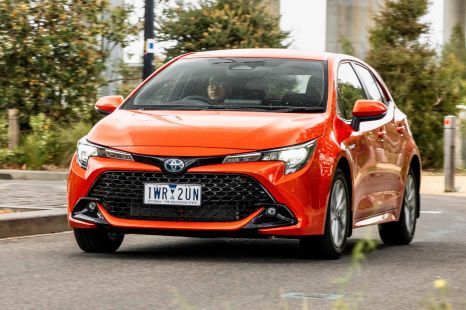

Max Davies
2025 Toyota Corolla SX review
5 Days Ago
Mitsubishi, MG and Volvo leaders for now, but the tech is less purchased than EVs or plug-less hybrids. We break down sales in detail and look at what's coming.

Senior Contributor
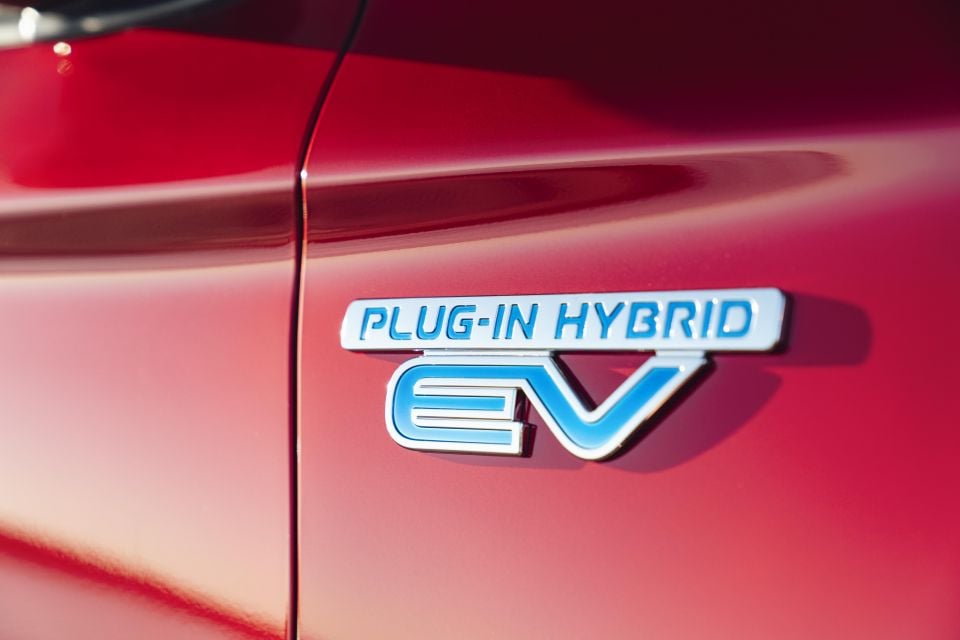

Senior Contributor
Sales of plug-in hybrids (PHEVs) grew 146.2 per cent to 325 units in July.
Year-to-date (YTD), PHEV sales are up by 99.0 per cent to 1765 divided among 22 nameplates and 12 manufacturers.
We’ve sourced data showing the best-performing PHEV vehicles in terms of outright sales YTD, as well as by percentage of sales as a proportion of each nameplate’s grand total
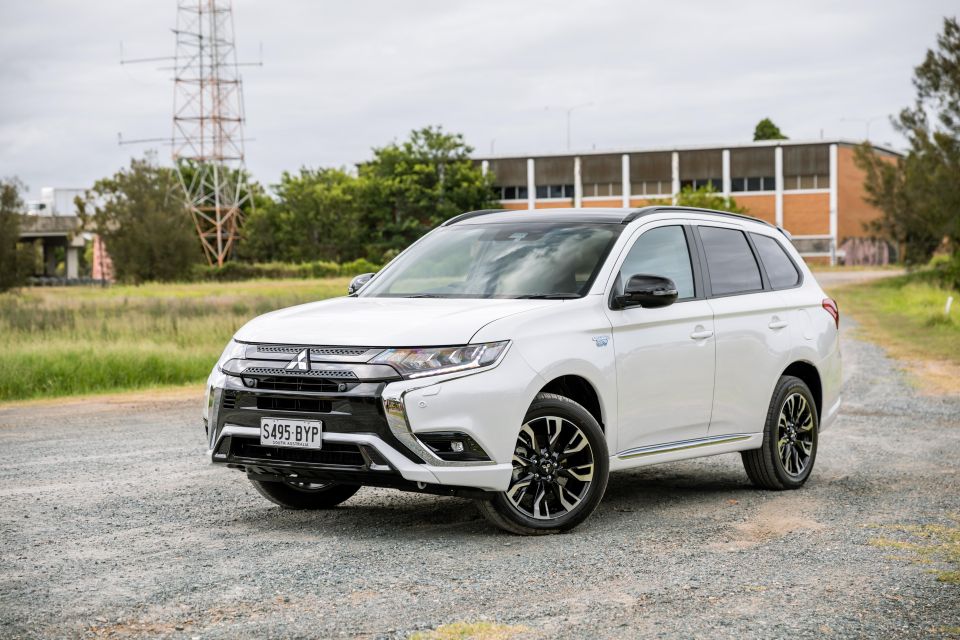
The Mitsubishi Outlander PHEV is holding onto its crown with 312 sales YTD. But this means just 3.8 per cent of all Outlanders sold were the PHEV, the rest being cheaper petrol and diesel variations.
Close behind sits the recently launched MG HS PHEV with 285 sales, gaining ground fast as July’s winner. Completing the podium was a third medium SUV in Volvo’s XC60 Polestar T8 Engineered with 188 sales.
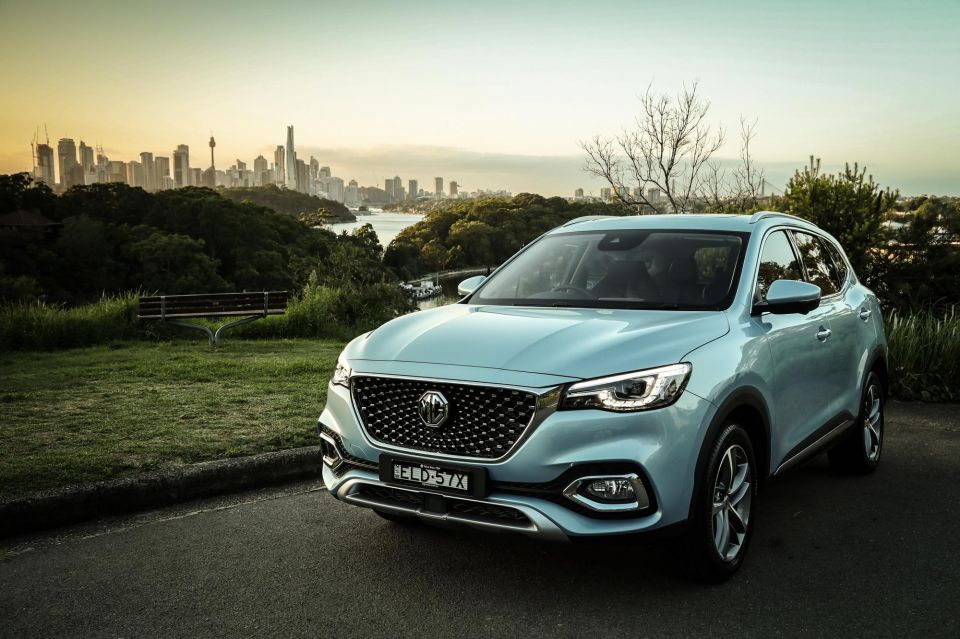
All told about 90 per cent of all 1765 PHEVs sold this year are one of the top 10 models by volume, as listed below.
| Model | PHEV sales | PHEV % |
|---|---|---|
| Mitsubishi Outlander | 312 | 3.8% |
| MG HS | 285 | 7.3% |
| Volvo XC60 | 188 | 5.7% |
| Volvo XC40 | 175 | 7.9% |
| Mercedes-Benz GLC | 171 | 7.1% |
| Mini Countryman | 101 | 11.9% |
| Volvo XC90 | 100 | 10.7% |
| BMW 3 Series | 96 | 3.8% |
| Porsche Cayenne | 84 | 14.9% |
| BMW X5 | 78 | 3.6% |
Of this top 10 all but one is an SUV, with the BMW 3 Series 330e sedan the sole exception. Four of the top five are classified as a mid-sized SUV, making this the clear market sweet spot for a PHEV drivetrain.
In the table is also a column showing what percentage of each model’s YTD total runs a PHEV drivetrain. The overall mean average from the top 10 subset is 7.7 per cent.
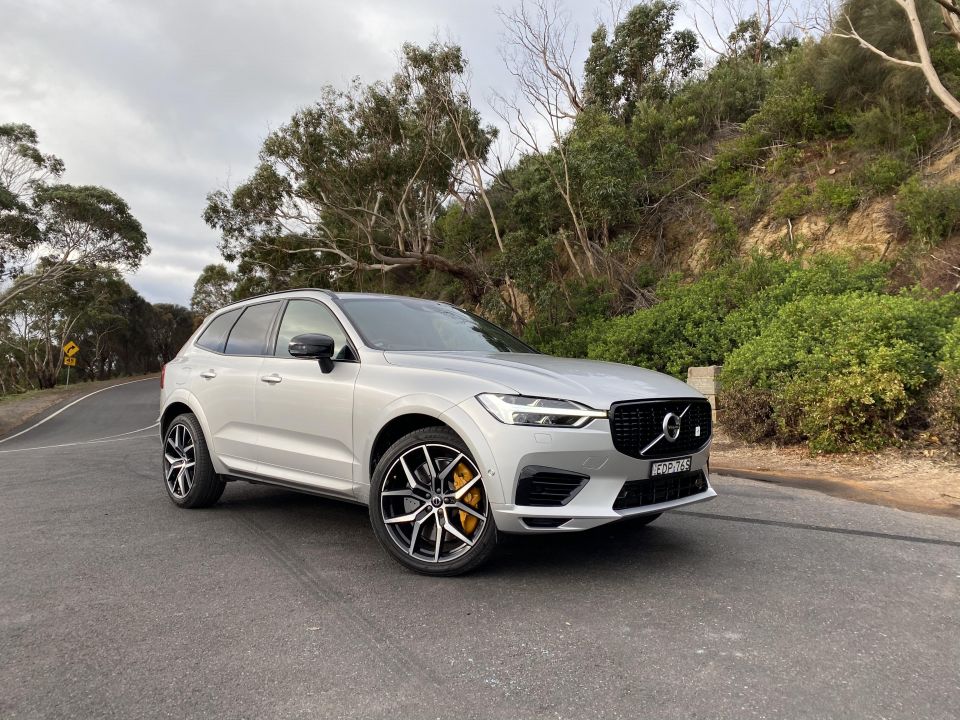
Behind the top 10 listed are 12 smaller volume offerings led by the Hyundai Ioniq (42 sales, 16.7 per cent).
The rest in sales order are the Mercedes-Benz A-Class, BMW 5 Series, Kia Niro, Mercedes-Benz E-Class, Ferrari F90 Stradale, Range Rover Sport, Mercedes-Benz C-Class, BMW 7 Series, Porsche Panamera, Mitsubishi Eclipse Cross PHEV (just hit the market), Peugeot 508 (ditto), and Range Rover.
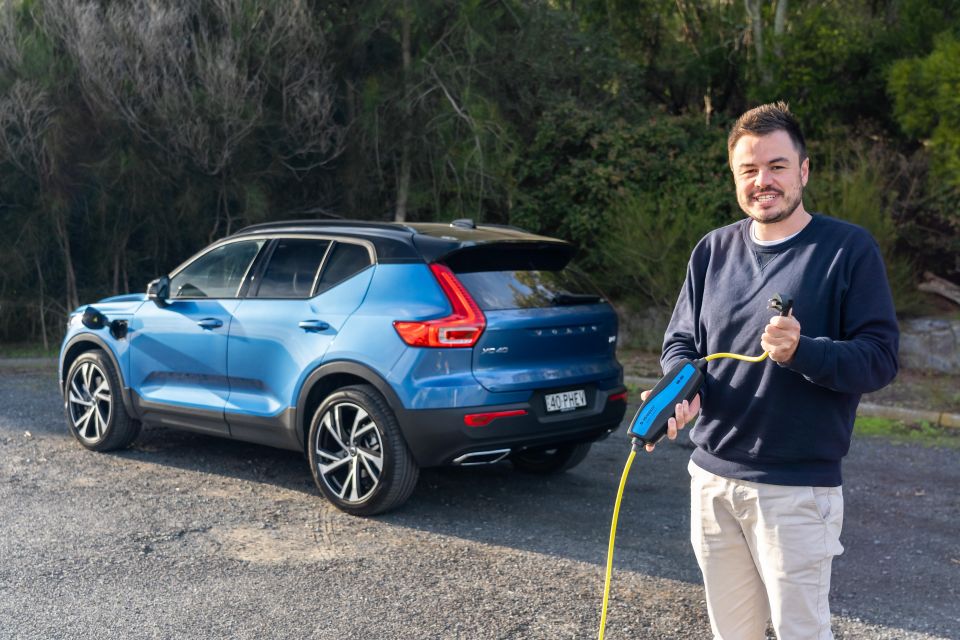
Compared to hybrid and EV sales
PHEVs as a whole lag well behind cheaper regular hybrids (41,810 sales this year, up 39.8 per cent), and in terms of penetration, hybrid versions of numerous Toyota passenger cars now easily outsell the non-hybrid versions.
They also trail the overall sales of EVs, as detailed at length in this weekend’s separate report.
EV sales are at 2372 this year, up 200 per cent, and that’s excluding market leader Tesla which doesn’t disclose sales data for Australia.
What’s coming?
There’s no shortage of PHEVs set to arrive in Australia, even though they remain vastly easier to sell in markets such as greater Europe.
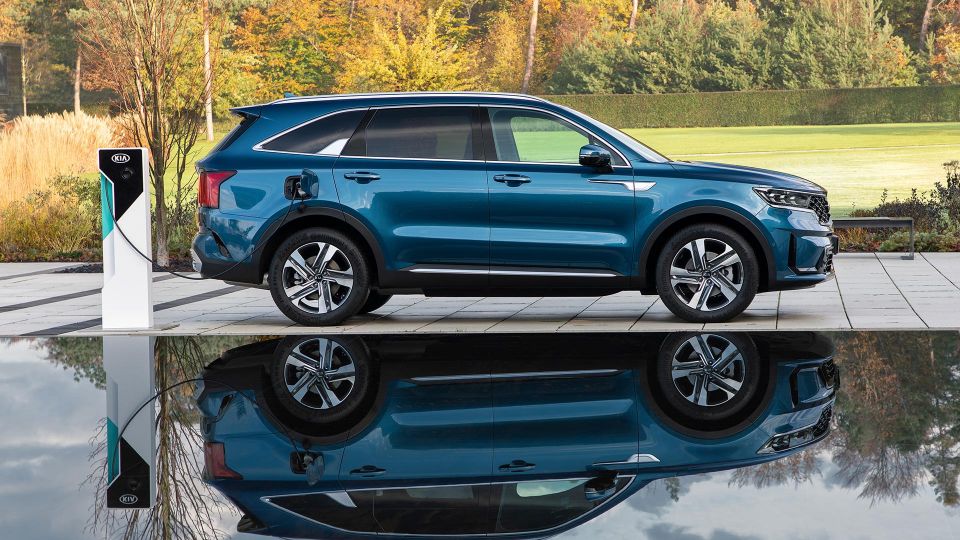
We’ve already listed the Mitsubishi Eclipse Cross and Peugeot 508 PHEVs, just now hitting the market.
Further examples include:
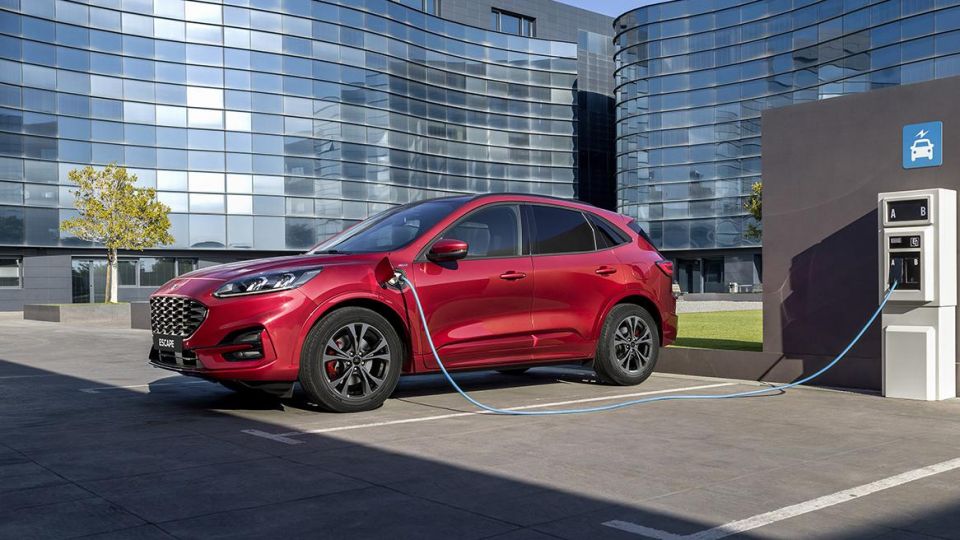
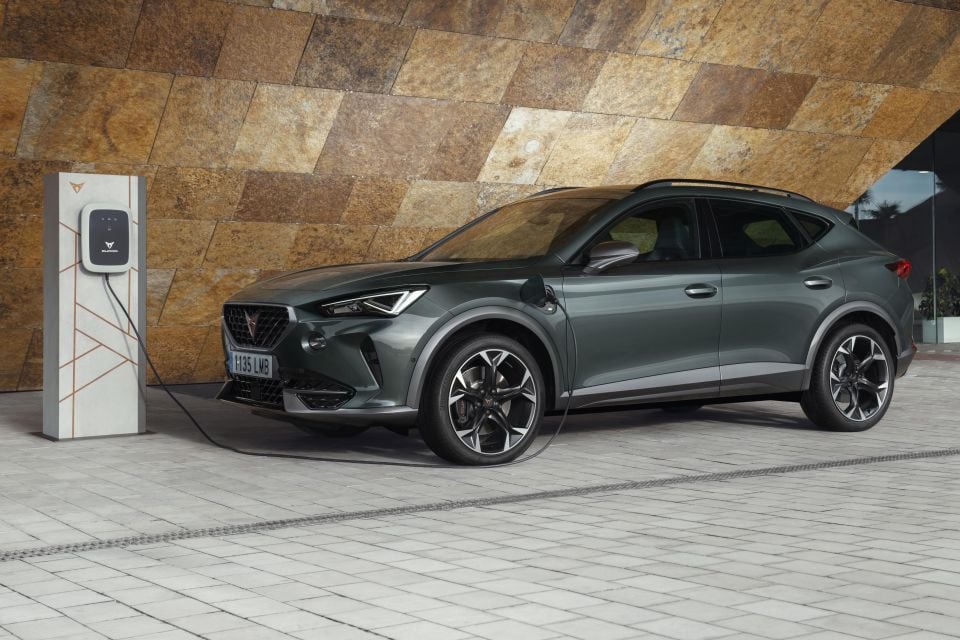
How do PHEVs work?
In short, plug-in hybrids sit between normal or ‘self-charging’ hybrids and fully electric cars in terms of price and EV range.
Unlike hybrids a PHEV can run daily errands using only electric power on account of its bigger-capacity battery, and unlike a full EV has a combustion-engine for range backup.
A PHEV comprises a combustion (usually petrol) engine, an electric motor, and a battery that can be charged via wall plug in a few hours. Most can do somewhere around 30-50km in EV mode.
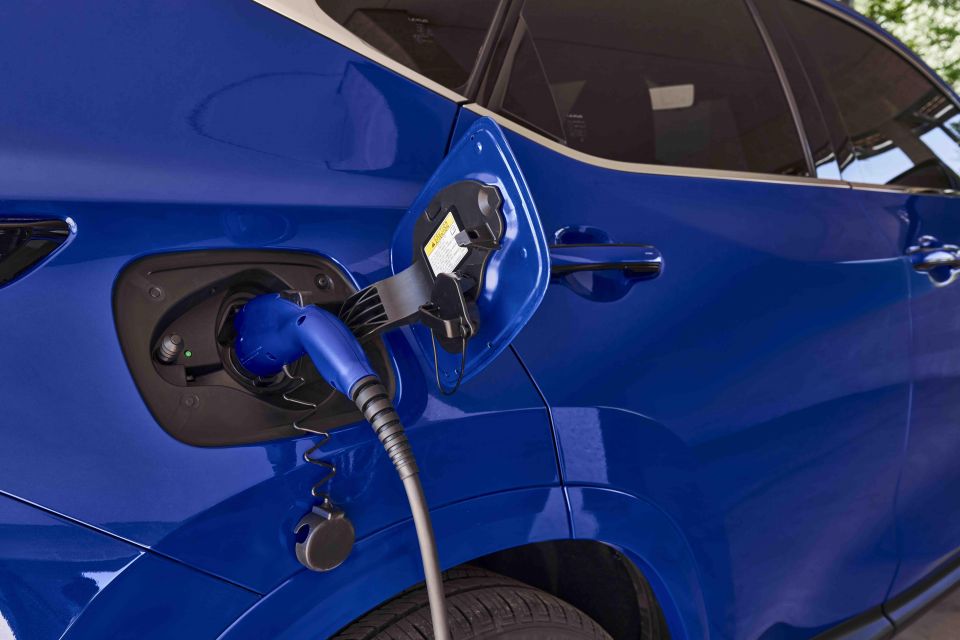
MORE: Mercedes-Benz defends PHEVs as more than a ‘compliance trick’ MORE: Jeep wants to be an electrification ‘leader’ in Australia MORE: PHEVs a stepping stone to electric vehicle uptake, says Mitsubishi


Max Davies
5 Days Ago
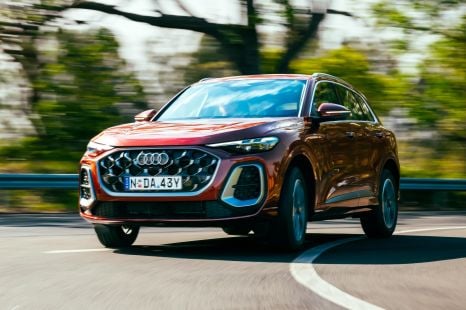

James Wong
4 Days Ago


James Wong
3 Days Ago
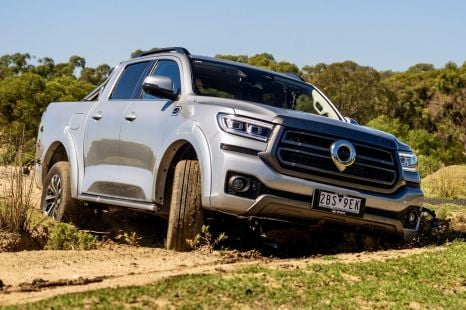

Max Davies
2 Days Ago


James Wong
11 Hours Ago
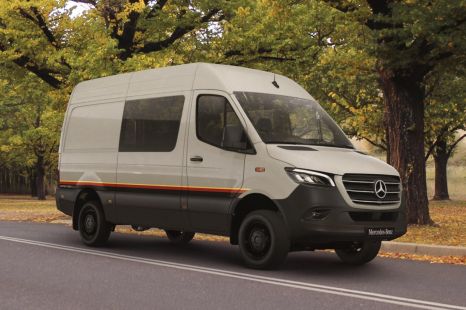

Marton Pettendy
10 Hours Ago